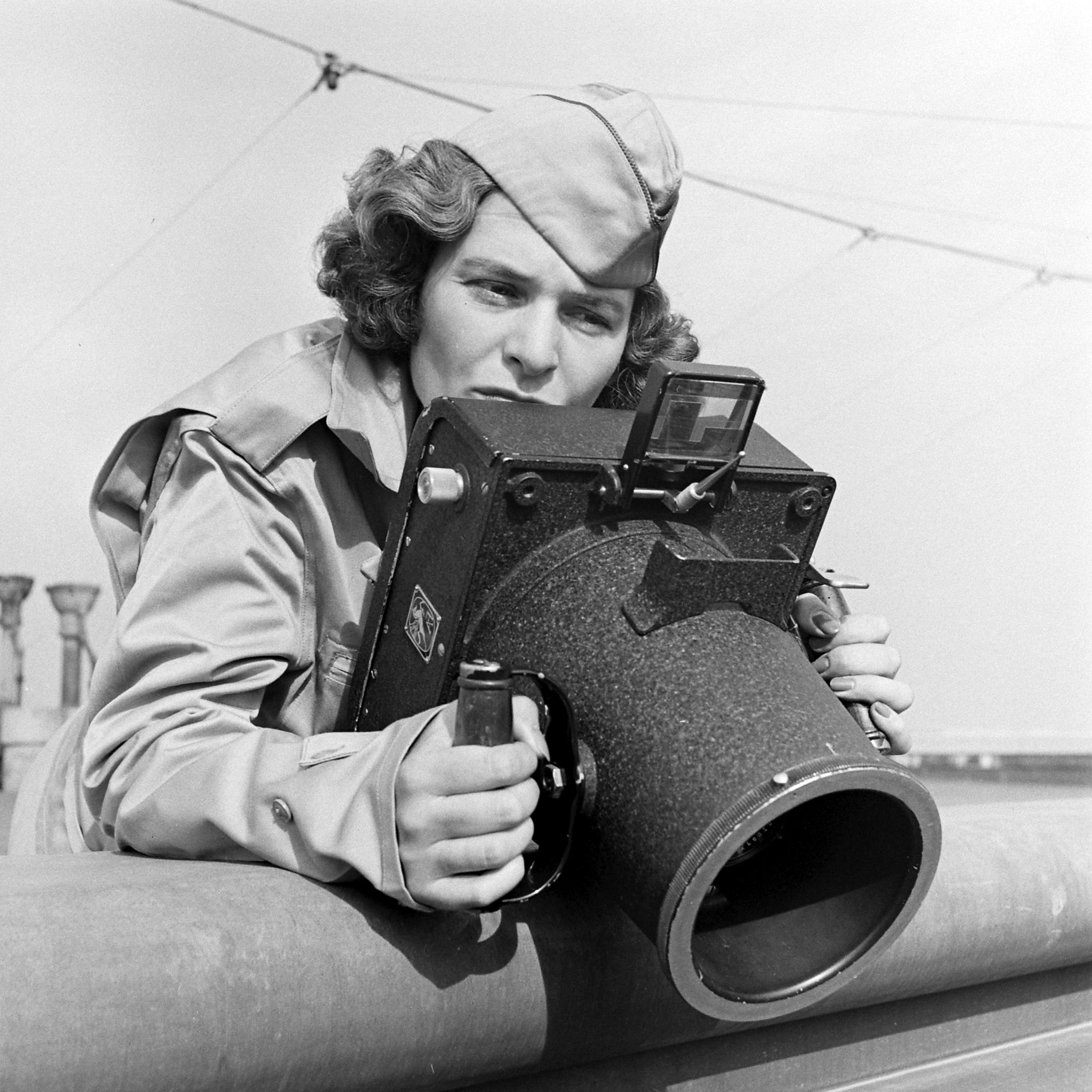
Legendary LIFE and Fortune photographer Margaret Bourke-White—who was born on this day, June 14, in 1904—had plenty of superlatives to her name.
After being brought on by TIME Magazine founder Henry Luce to cover industry and business for Fortune in 1929, a position that gave her a front-row seat to the aftermath of the stock-market crash, she was hired as LIFE magazine’s first female staff photographer. In fact, she shot the image of Fort Peck Dam in Montana on the cover of the magazine’s inaugural issue, dated Nov. 23, 1936. She worked her industry connections to receive unprecedented access from the Soviet embassy to cover the 1930s industrial revolution in the USSR, making her the first Western photographer accredited to enter the Soviet Union. She then took her field to new heights as the first female photographer accredited to cover World War II combat zones. She also literally took to new heights, whether she dangled from one of the Chrysler Building’s gargoyles or from a “whirlibird” (helicopter) to photograph a Navy rescue.
(Gifts: The 100 Most Influential Images of All Time)
She is believed to have been the only photographer in Moscow in 1941 during the World War II German raids of the Kremlin, which allowed her to take Soviet Leader Josef Stalin’s portrait. In Europe, she shadowed the Air Force, photographed Nazi atrocities and even survived a torpedo attack en route to cover the North African Campaign. After the war, she documented the final years of Mahatma Gandhi‘s life, producing the iconic image of the proponent of nonviolent protests with his spinning wheel. In the 1950s, as she started to develop Parkinson’s Disease, she continued to photograph the Korean War, and wrote her autobiography Portrait of Myself until she officially retired from LIFE in 1969.
But, as the above photos show, there was at least one area of life where she had a harder time establishing a superlative: rather than ranking her various cameras, she loved each for its own abilities. As she wrote in Portrait of Myself: “People often ask me, ‘What’s the best camera?’ That is like asking, ‘What is the best surgeon’s tool?’ Different cameras fill different needs. I have always had a special affection for the larger-than-miniature cameras.”
Bourke-White died in 1971.
Gifts: The 100 Most Influential Images of All Time
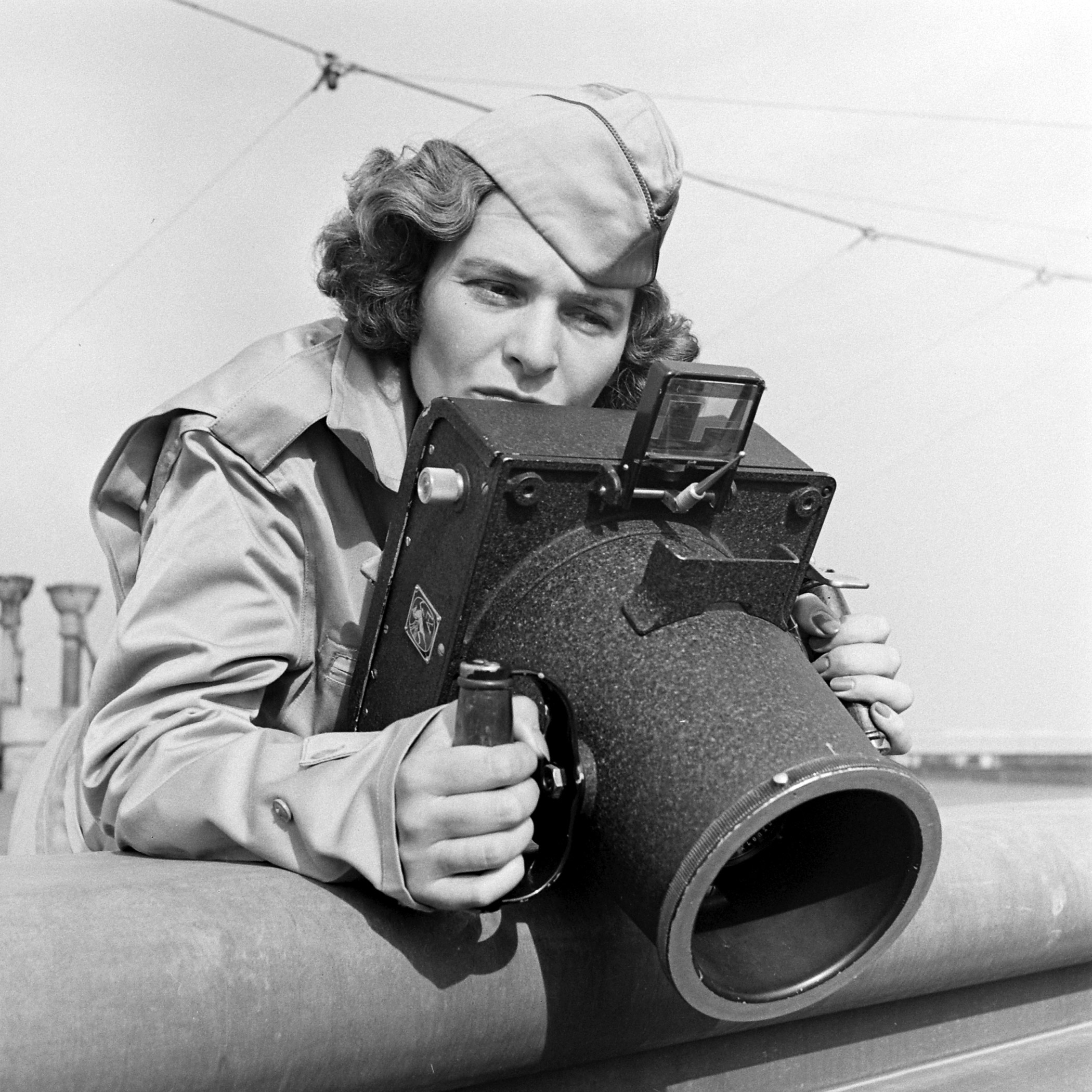


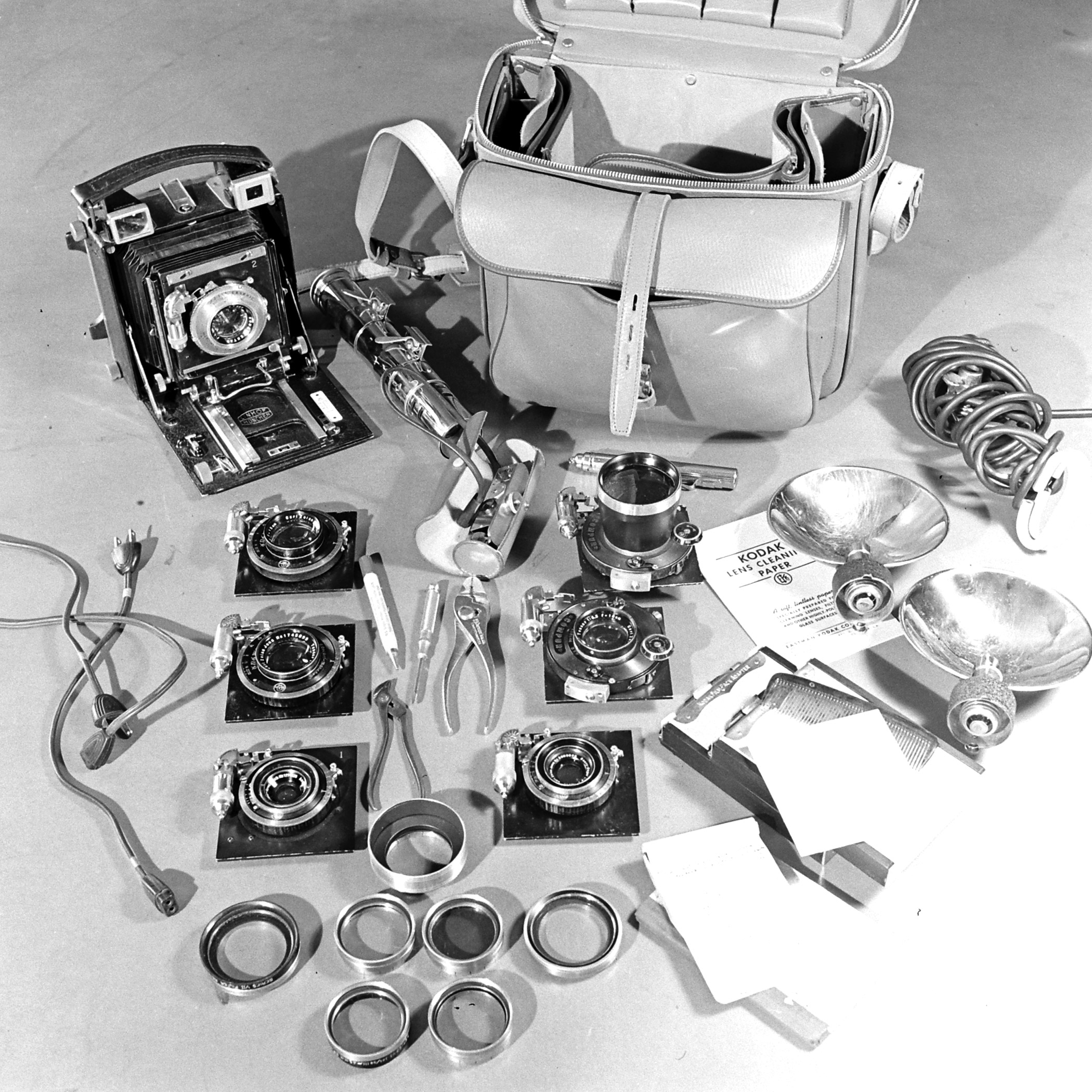
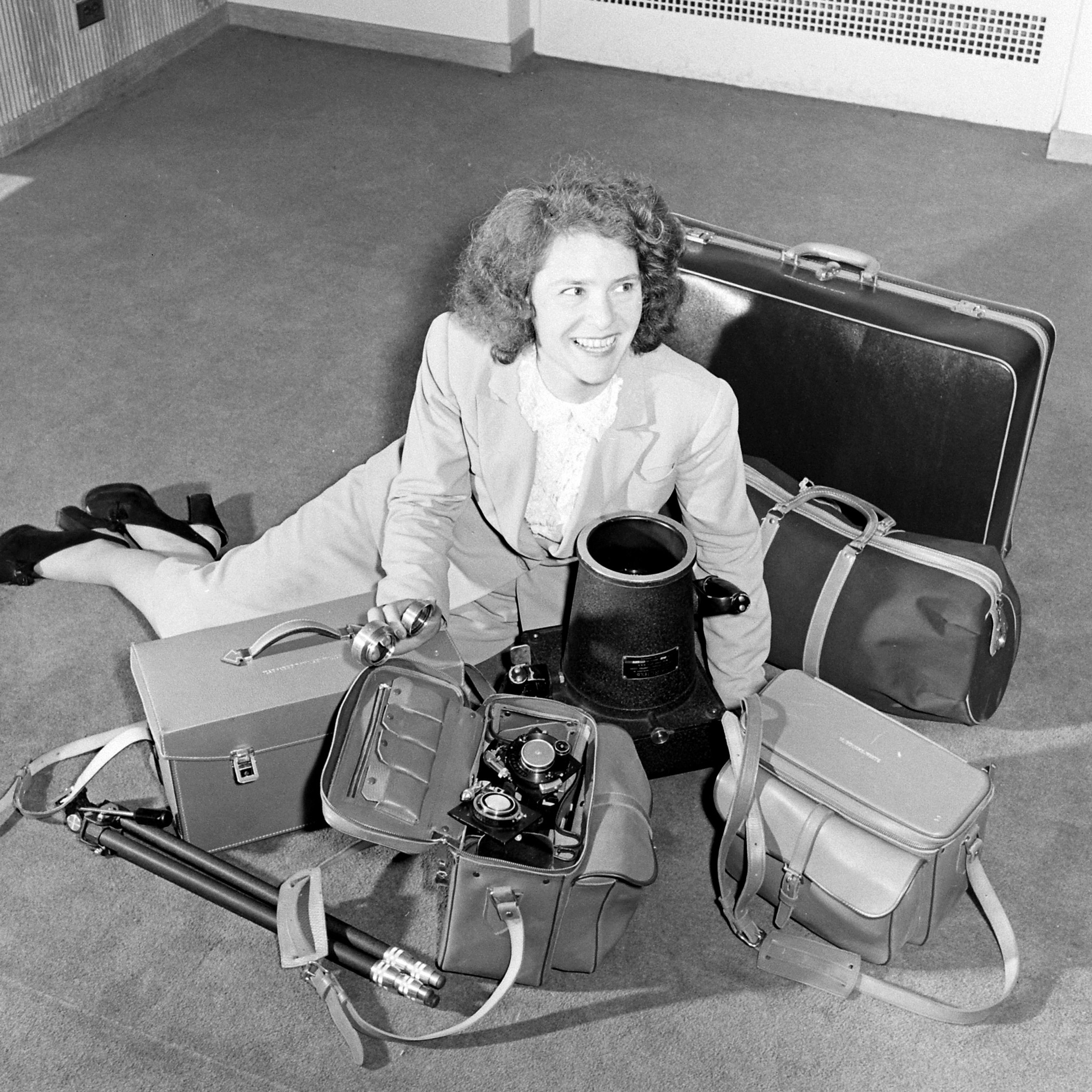

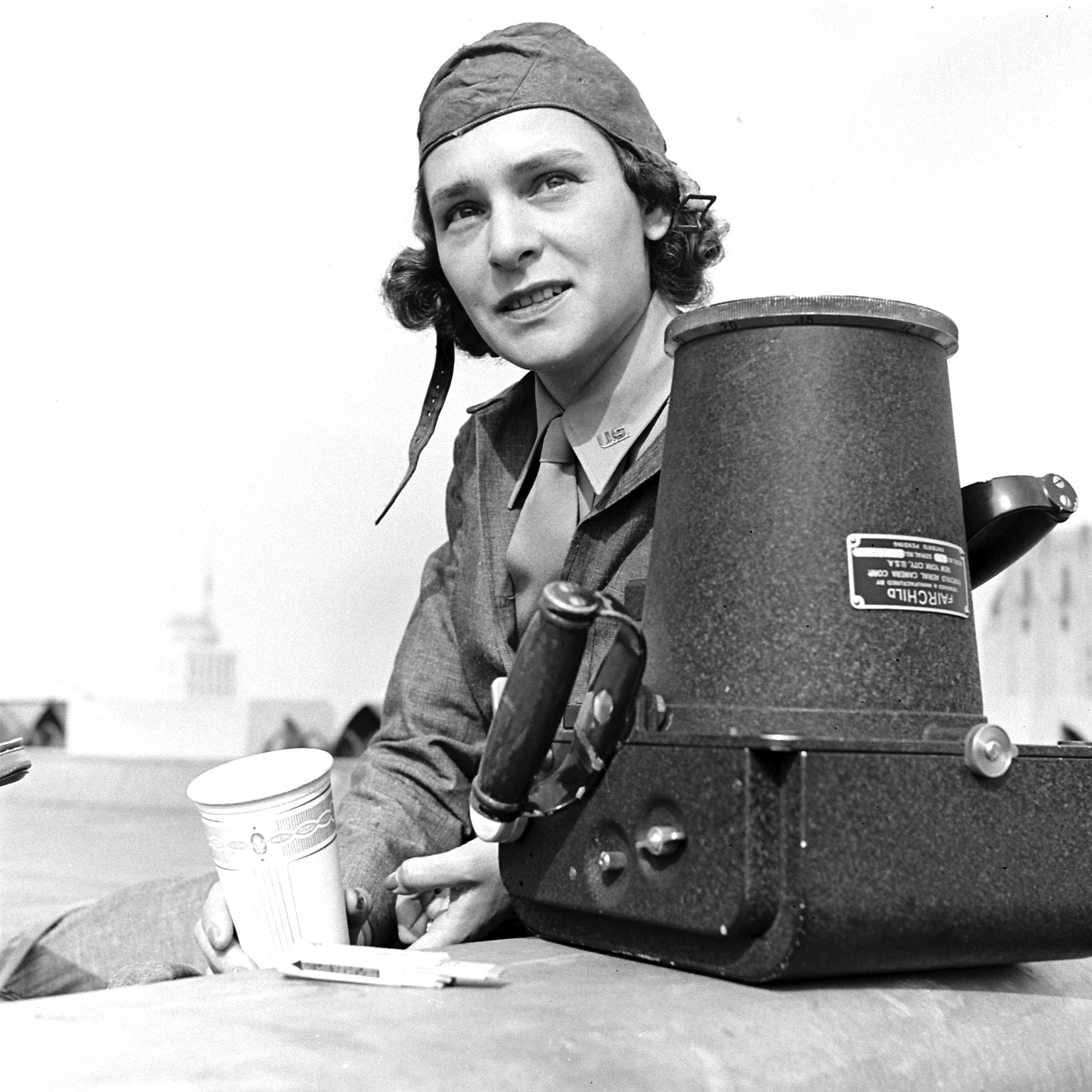
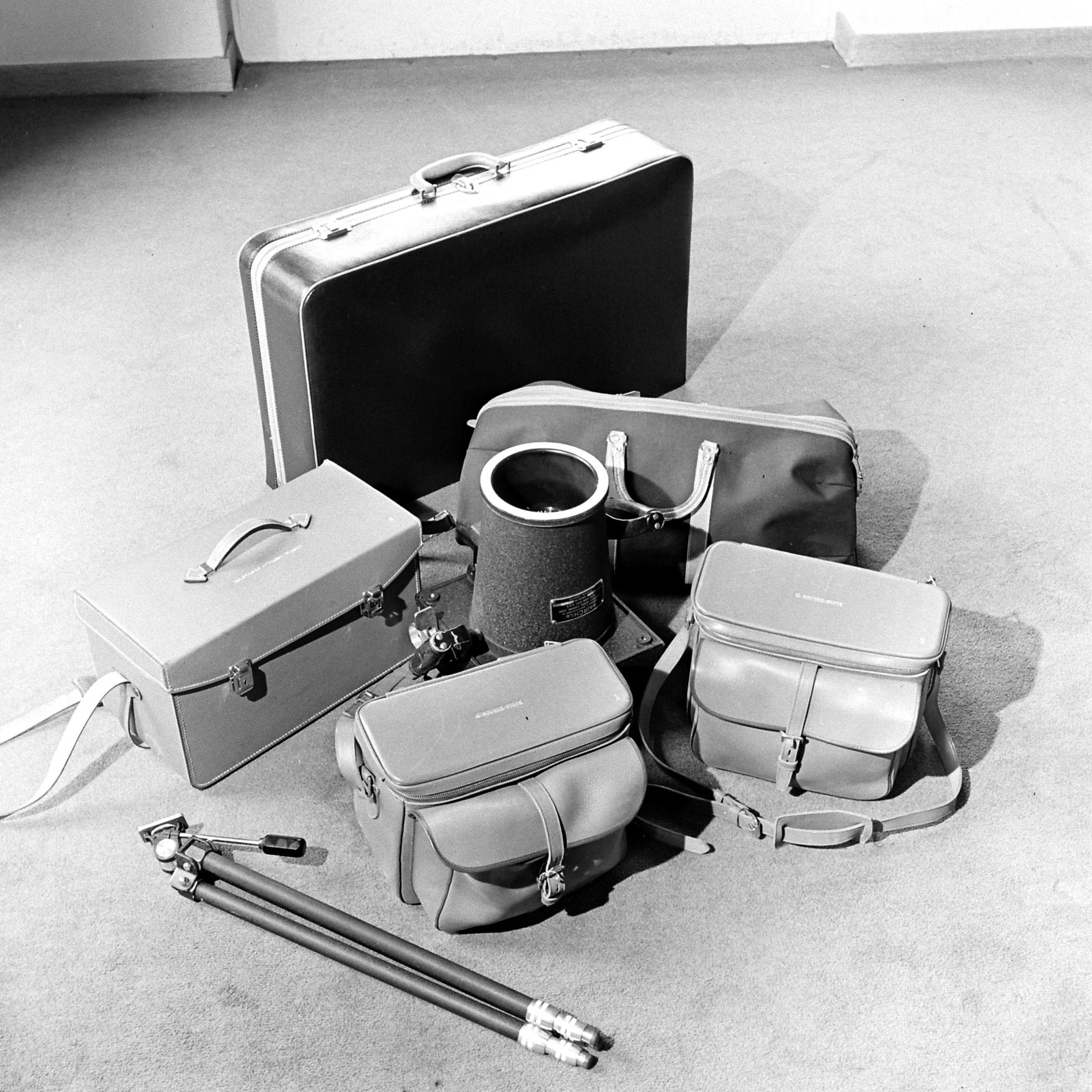
More Must-Reads From TIME
- The 100 Most Influential People of 2024
- The Revolution of Yulia Navalnaya
- 6 Compliments That Land Every Time
- What's the Deal With the Bitcoin Halving?
- If You're Dating Right Now , You're Brave: Column
- The AI That Could Heal a Divided Internet
- Fallout Is a Brilliant Model for the Future of Video Game Adaptations
- Want Weekly Recs on What to Watch, Read, and More? Sign Up for Worth Your Time
Write to Olivia B. Waxman at olivia.waxman@time.com